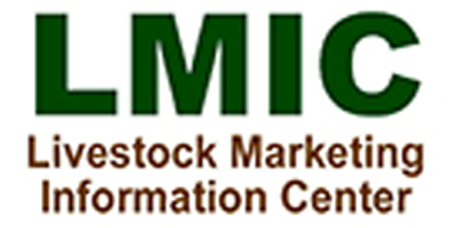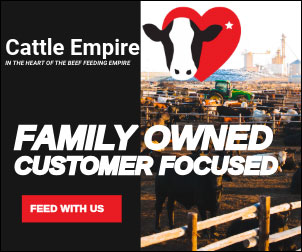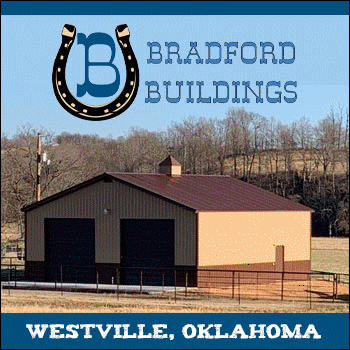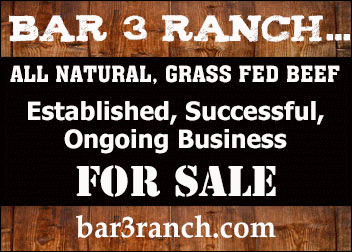Matthew Diersen, Risk & Business Management Specialist
Ness School of Management & Economics, South Dakota State University
LRP Trends...
Livestock Risk Protection (LRP) has become so popular that people may stop using it. LRP has often sparked the interest of cow-calf producers and smaller cattle feeders looking for a cost-effective way to transfer downside price risk to others. A few years ago, the premium subsidy on LRP was substantially increased and the impact on LRP sales has been dramatic. In fiscal year 2020, fewer than 80,000 head were covered as feeder cattle. In fiscal year 2023 almost 4.2 million head were covered as feeder cattle. The feeder cattle coverage was popular in Texas, South Dakota, and Nebraska, as each state had more than 400,000 head insured. In fiscal year 2019 fewer than 4,000 head were covered as fed cattle. In fiscal year 2023 there were over 850,000 head covered as fed cattle. The fed cattle coverage was popular in Nebraska, Texas, and Iowa, as each state had more than 100,000 head insured.
For perspective, the 2022 U.S. calf crop was 34.5 million head. Thus, the share covered is growing, but nothing like the shares of corn or wheat acres insured. There were still only 19,259 policies sold for feeder cattle and 6,768 policies sold for fed cattle in 2023. The 2017 Census of Agriculture reported 729,046 operations had beef cows. During 2022 the 26,000 feedlots marketed 25.9 million head of finished cattle. With the sharp increases in head covered, the liability (or insured amount) has also increased. During fiscal year 2023 the value of feeder cattle covered was almost $7 billion and the value of fed cattle covered was almost $2 billion.
The sharply higher subsidy on LRP premiums has been the primary driver of the increase in sales and coverage. Hedges using futures would require margin deposits. With the increase in futures prices, that would have been observed as higher margin calls at higher interest rates this past year. Hedges using put options would be more expensive at the time of purchase as they are not subsidized. In addition, option premiums are paid up-front while LRP premiums are paid for at the end of the coverage period. Higher interest rates can also effectively reduce the cost of LRP relative to using put options.
The LRP subsidy is the highest for the lowest levels of coverage. Before the subsidy increase the ratio of the total premium to total liability for feeder cattle coverage was 0.03. Last year the ratio was 0.04. From a risk perspective, this implies that buyers of LRP are buying a little more coverage than before. The subsidy combined across fed and feeder cattle in 2023 was over $110 million. Producers paid about twice that amount for the coverage. The market, during most of that time, steadily increased the cattle price levels. Thus, the indemnity payments were low for feeder cattle and zero for fed cattle. Producers need to remember that when LRP is paying out that cattle prices have likely fallen.
Source: LMIC










